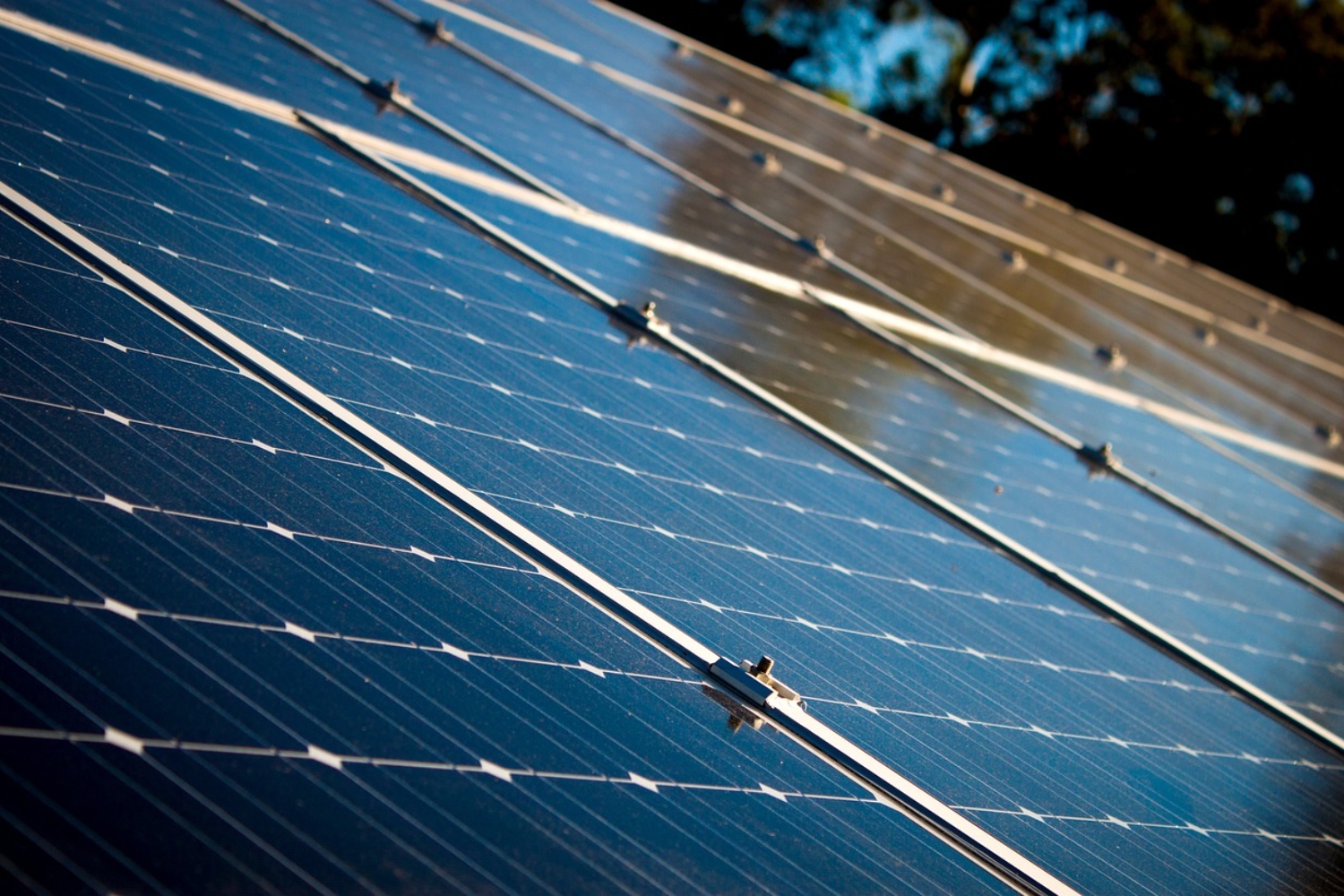 HARRISBURG, Pa. – The Pennsylvania Department of Environmental Protection (DEP) and the Pennsylvania Public Utility Commission (PUC) announced on Tuesday that the Commonwealth’s Alternative Energy Portfolio Standards (AEPS) program has surpassed one gigawatt (GW) or 1,000 megawatts (MW) of solar energy.
HARRISBURG, Pa. – The Pennsylvania Department of Environmental Protection (DEP) and the Pennsylvania Public Utility Commission (PUC) announced on Tuesday that the Commonwealth’s Alternative Energy Portfolio Standards (AEPS) program has surpassed one gigawatt (GW) or 1,000 megawatts (MW) of solar energy.
This is an important milestone to help cement Pennsylvania’s position as an energy leader and accelerate innovation across a diverse set of energy technologies.
“Clean, renewable solar energy is so important for Pennsylvania’s air quality and reaching one gigawatt is proof that we are making progress towards Pennsylvania’s Solar Future,” said DEP Interim Acting Secretary Jessica Shirley. “From solar power to clean hydrogen and the wealth of emerging technologies in between, the Shapiro Administration will continue advancing an energy policy that ensures a diverse and reliable ecosystem of energy resources and that protects the environment, creates jobs, and protects consumers. At the rate of solar development currently in our Commonwealth, I’m looking forward to reaching our second gigawatt in a fraction of the time.”
The current one gigawatt (1,000,000,000 watts) of installed solar generation in Pennsylvania is enough to power nearly 140,000 homes – equivalent to the number of households in a city the size of Pittsburgh. The additional solar now under construction across the Commonwealth will be enough to supply the combined residential populations of Altoona, Harrisburg, Scranton, and West Chester.
Pennsylvania led the nation two decades ago with the creation of the AEPS, and successfully achieved the ambitious goals laid out in that legislation in 2021, making this solar milestone possible. Governor Shapiro supports revising the AEPS to continue supporting an all-of-the-above diversity of generation sources, including ongoing investment in solar energy.
“Over the past five years the number of new solar projects being installed in Pennsylvania has grown by 160 percent, and the total capacity of the new systems coming online has doubled, despite a global pandemic and various supply chain issues,” said Commission Chairman Stephen M. DeFrank. “This growth is being driven by small rooftop solar systems on homes and businesses, which account for about two-thirds of current solar capacity, along with increasing development of larger utility-scale solar systems that connect directly to the power transmission grid.”
The opportunities to diversify our generation fleet will continue to grow as nationwide investment has pushed down the cost of emerging technologies substantially over the last two decades, making solar and other advanced generation solutions affordable, and in many cases, the cheapest energy resource to build.
In addition to the one gigawatt of solar power that’s now installed and operating across the state, an additional 550 megawatts (or just over half a gigawatt of electric power) is currently under construction across the state and is expected to be online by this summer, according to solar generation data tracked by the PUC in conjunction with Pennsylvania’s Alternative Energy Portfolio Standards Act.
“The promise of solar is being realized across Pennsylvania,” said David Althoff, Director of DEP’s Energy Programs Office. “Energy from the sun is free and solar modules can be deployed almost anywhere. It’s encouraging that this zero-emission energy source is becoming a major contributor to our energy mix and will only continue to grow in popularity.”
AEPS is administered by the PUC, in collaboration with DEP. The AEPS program, which began in 2005, requires that 18 percent of electric power provided through retail sale in Pennsylvania comes from qualified alternative and renewable energy sources. This has contributed to the reduction of pollution via the deployment of renewable and alternative energy technologies that have lowered the emission of greenhouse gases.
The PUC has more consumer information and fact sheets about solar energy and other renewable energy resources in the Renewable Energy section of the PUC website. More information about Pennsylvania’s AEPS can be found on the AEPS section of the PUC website and the AEPS program website.
For more information, visit the Pennsylvania Department of Environmental Protection’s website.
Copyright © 2024 EYT Media Group, Inc. All rights reserved. Any copying, redistribution or retransmission of the contents of this service without the express written consent of EYT Media Group, Inc. is expressly prohibited.








